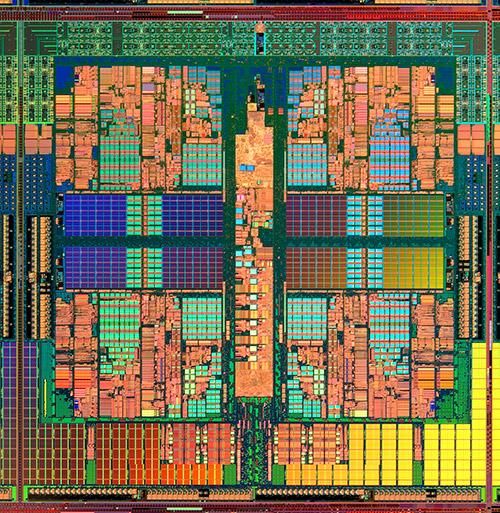Computers and smartphones are powered by a Central Processing Unit (CPU), which is basically their brain. In today's smartphones, however, CPUs are no longer individual chips that just run computational instructions, they're being combined with other features — a full system on a single chip. Doing so reduces not only the number of components in a phone, but the cost and the power consumption as well.
Nestled inside that multi-featured microprocessor (SoC) is still a processing "core". To make devices faster one can either push the instructions through the core quicker (higher clock frequencies, measured in MHz and GHz), or add more "lanes" for the instructions to travel through (multiple cores).
The first dual-core smartphones have recently arrived on-scene, but you're going to have a difficult time acquiring one. They're still very scarce, and not in many models — yet. But dual-core may be quickly dwarfed by quad-core chips.
The replacement for Sony's PSP, the "Next Generation Portable" (NGP), will reportedly come with a quad-core Cortex-A9 processor. Although we don't know who will provide these chips to Sony, you can bet that Qualcomm, Samsung, and Texas Instruments are already getting in line. Freescale and NVIDIA, however, may be ahead of the game.
Freescale recently announced their i.MX 6Quad system-on-a-chip (SoC), running four Cortex-A9 cores at 1.2 GHz. According to some leaked information, NVIDIA's Tegra 3 may run four Cortex-A9 cores at 1.5 GHz. According to industry rumors, NVIDIA's Tegra 3 already has sample chips being produced — and may be formally announced at next month's Mobile World Congress.
If the timeline holds true, there are likely customers already building devices around the Tegra 3 samples. Carrying that forward, we could see Android's powered by quad-core chips by Christmas 2011.
Source: Android and Me

